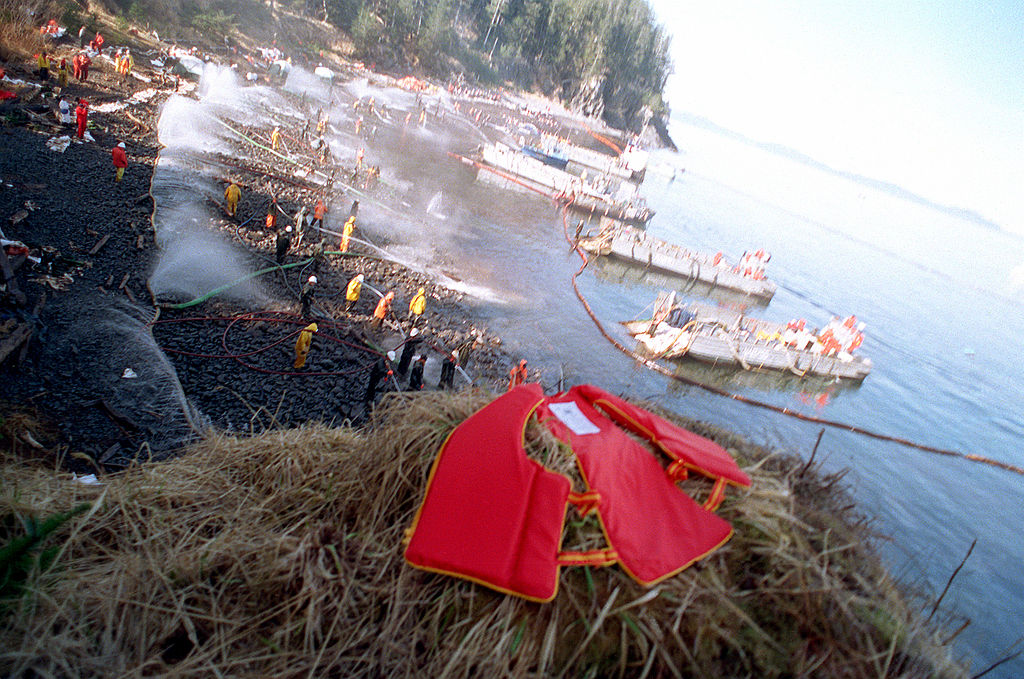On March 24, 1989, the Exxon Valdez oil tanker struck a reef in Prince William Sound, Alaska, unleashing a staggering 11 million gallons of crude oil into the ocean. This colossal event is one of the most severe environmental catastrophes in history, inflicting widespread devastation on marine life and local ecosystems.
The spill resulted in the deaths of an estimated 250,000 seabirds, thousands of otters, seals, and fish. Cleanup efforts lasted for years, costing billions of dollars and sparking debates about corporate responsibility and environmental protection. The disaster led to significant policy changes, including the 1990 Oil Pollution Act. This act, a direct response to the Exxon Valdez spill, introduced comprehensive regulations to improve spill prevention and response measures, thereby reducing the likelihood and impact of future oil spills.
Key Facts:
- When it ran aground, the Exxon Valdez tanker carried over 50 million gallons of crude oil. Eight of the 11 cargo holds were punctured and drained in about 3 hours and 15 minutes.
- The spill affected more than 1,300 miles of Alaskan coastline, a number only surpassed by the 2010 Deepwater Horizon oil spill.
- The cleanup process took years, and long-term environmental effects are still visible decades later. Due to Prince William’s remote nature, cleanup efforts were complex.
- The spill led to the passage of the Oil Pollution Act of 1990, increasing regulations on oil transport.
- The Exxon Valdez disaster reminds us of the grave environmental risks associated with oil transportation. It underscores the critical need for stringent safety measures and a commitment to environmental protection.

